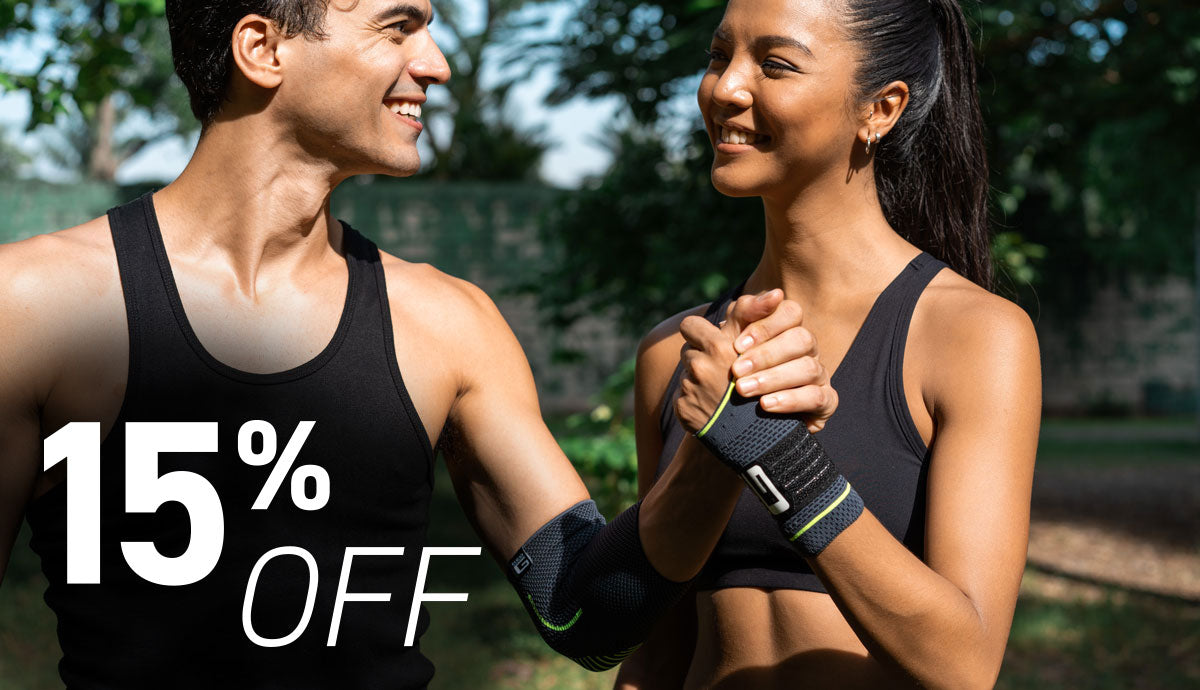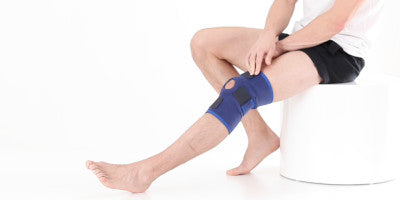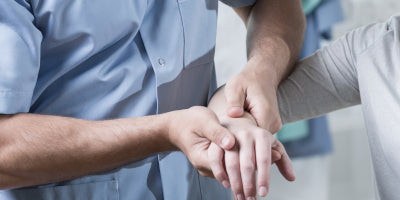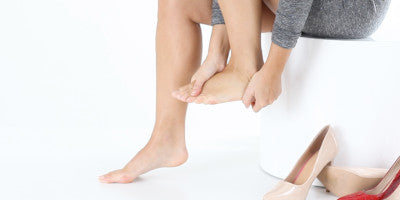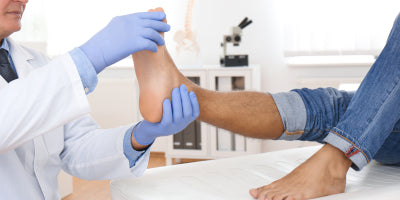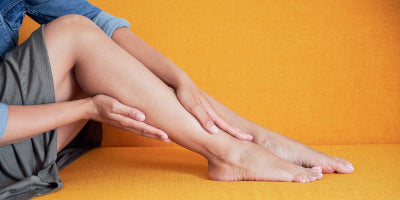The health benefits of Cycling and how to get involved

If you’ve set your sights on cycling following the Tour De France or Team GB giving it their all in the Tokyo Olympics, then you’re in for a treat for our next Summer of Sport mini-series all about cycling!
Health Benefits for cycling

All forms of cycling will benefit your cardiovascular system - even using a static bike at the gym can be a great way to improve fitness following an injury.
Compared to running and jogging, cycling is a low impact activity meaning it will cause less strain on the joints whilst still providing both a workout for your muscles and your heart. As cycling is mainly an aerobic activity, it is great for weight loss, especially if you are cycling outdoors, as you can get lost in your environment and soon find that you have been out cycling for longer than you thought was possible!
Through cycling you can also improve your mental state of mind. Cycling can help with reducing anxiety and depression, as well as decreasing stress levels.
How to get involved

If you are new to cycling or are returning to cycling from some time off the saddle, then firstly gain confidence on the bike again before you start trying to do too much. Just hiring a bike if you don’t have one and going to an open flat area to practice the fundamentals away from others will significantly improve your confidence to be ready to choose whichever variety of cycling you would like to pursue.
Once you are confident on the bike again then the beauty of cycling is that you can just use your bike to explore most places and it is accessible to everyone. All you need is a bike, helmet and your imagination!
In many areas there will be cycling clubs, which have weekly rides on the road usually around the local area with a number of stops along the way for refreshments. These organised rides are a great way to meet likeminded people and also to see some new cycling routes that you may not be aware of. Typically the rides will also be split into multiple groups depending on your ability and speed so you should never need to worry about being left behind.
If road cycling is not for you, then trying one of the other form of cycling may be what you enjoy more. A great way to find further information is by visiting the British Cycling website or your national cycling webpage if you are further afield https://www.britishcycling.org.uk/getinvolved.
What are the injury risks involved in cycling and how can I limit these?

As cycling is a low impact sport, the risk of injury is minimal provided your bike is set up correctly for you. Saddle height, bike frame size and the position of your saddle are three things that if incorrect can have a varying impact on your cycling experience and put you in an uncomfortable position and at risk of injury.
Having an incorrect bike frame size specific for your activity and your body measurements can either mean that you are stretching too much to reach the handlebars, or you can move your body weight too far forward and therefore at a higher risk of falling in certain scenarios. Saddle height and the position of you saddle can both contribute to overstretching for the pedals, but this will also have an impact on your pelvic alignment and where abouts you are sitting on the saddle. If possible, either have someone fit you correctly for a bike or alternatively film yourself with the bike on a static trainer from various angles. To limit injury risks you should have minimal movement on the saddle with your legs just pedalling in a circular motion.
Other risks with cycling can come from equipment. If you are using clipless pedals then these can put your feet ankle and knees in unusual positions, which if maintained during the cycle can put a lot of extra force through the joints resulting in minor strains. If you are finding this is occurring, firstly look at the position of the cleats on your shoes and see if these need altering. If you are still finding that you are getting pain while cycling then investing in a support may be beneficial for you.
Cycling supports that help keep you moving
Neo G has a variety of discreet, breathable supports in the new Active range and the Airflow and Airflow Plus ranges, which offer varying levels of support and breathability to allow you to continue cycling with reduced pain while not impacting your biomechanics.
For those interested in mountain biking this can put an added amount of stress on the knee joints depending on what terrain you are cycling on. Although suspension on your bike will be able to limit some of the vibration, using a support that contains silicone inserts can further protect your joints. Something as simple as the patella band support can have a major benefit for you comfort levels, especially if you have a recurrent niggle.
We hope you enjoyed reading this blog – stay tuned for the next Summer of Sport blog coming soon!
As with all information please check that it is relevant to your individual circumstances and if you are ever unsure check with a medical professional in charge of your care.
Our Active range of knitted supports provide a snug, yet flexible fit during sporting and occupational activities. Multi Zone Compression surrounds muscles and joints for targeted support and the multi-way stretch allows flexible and safe movement, providing comfortable support and reducing the likelihood of injury. The specialist breathable fabric helps control moisture during intense activities, whilst the slimline, lightweight design means it can easily be worn under clothes for everyday wear.
